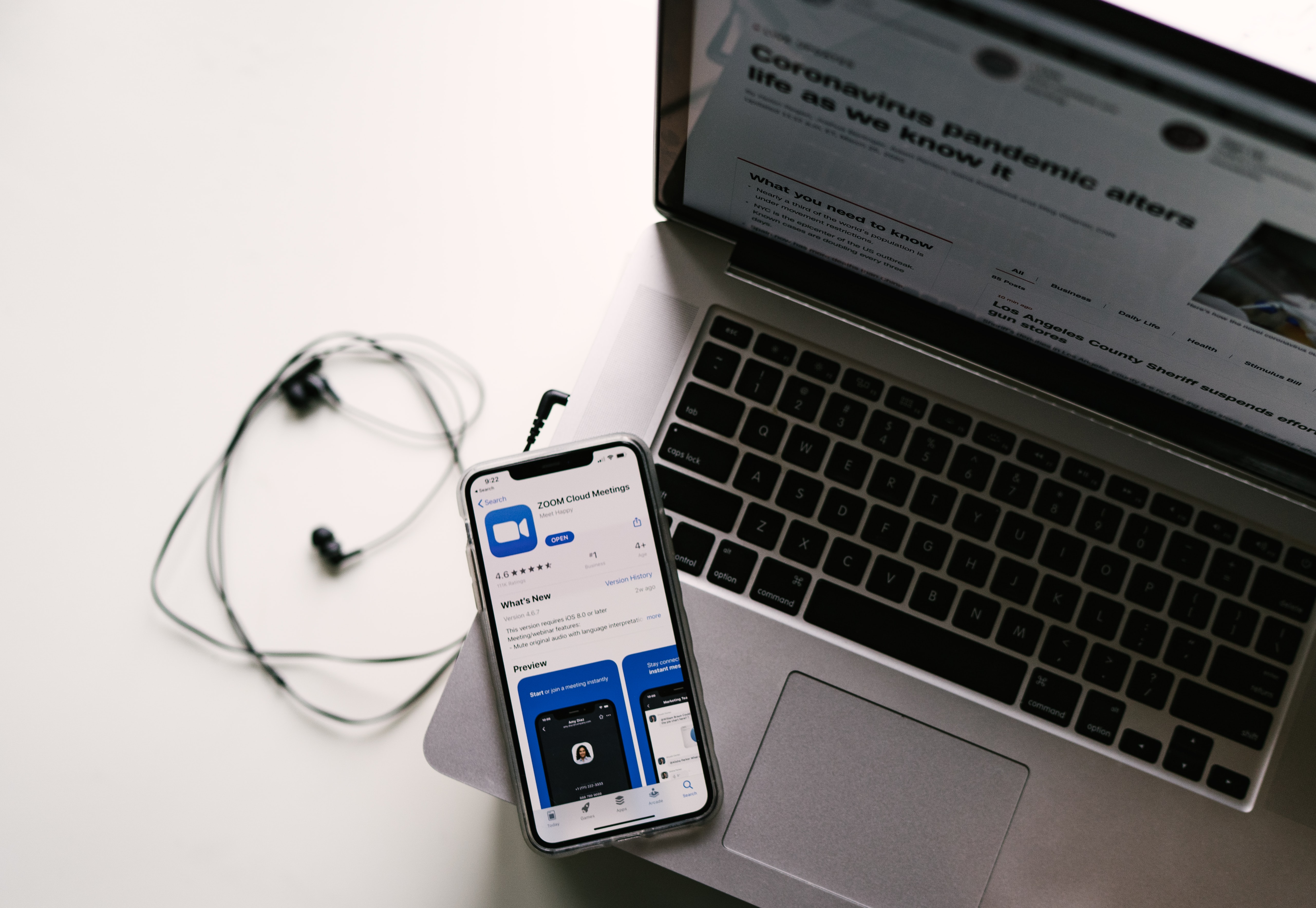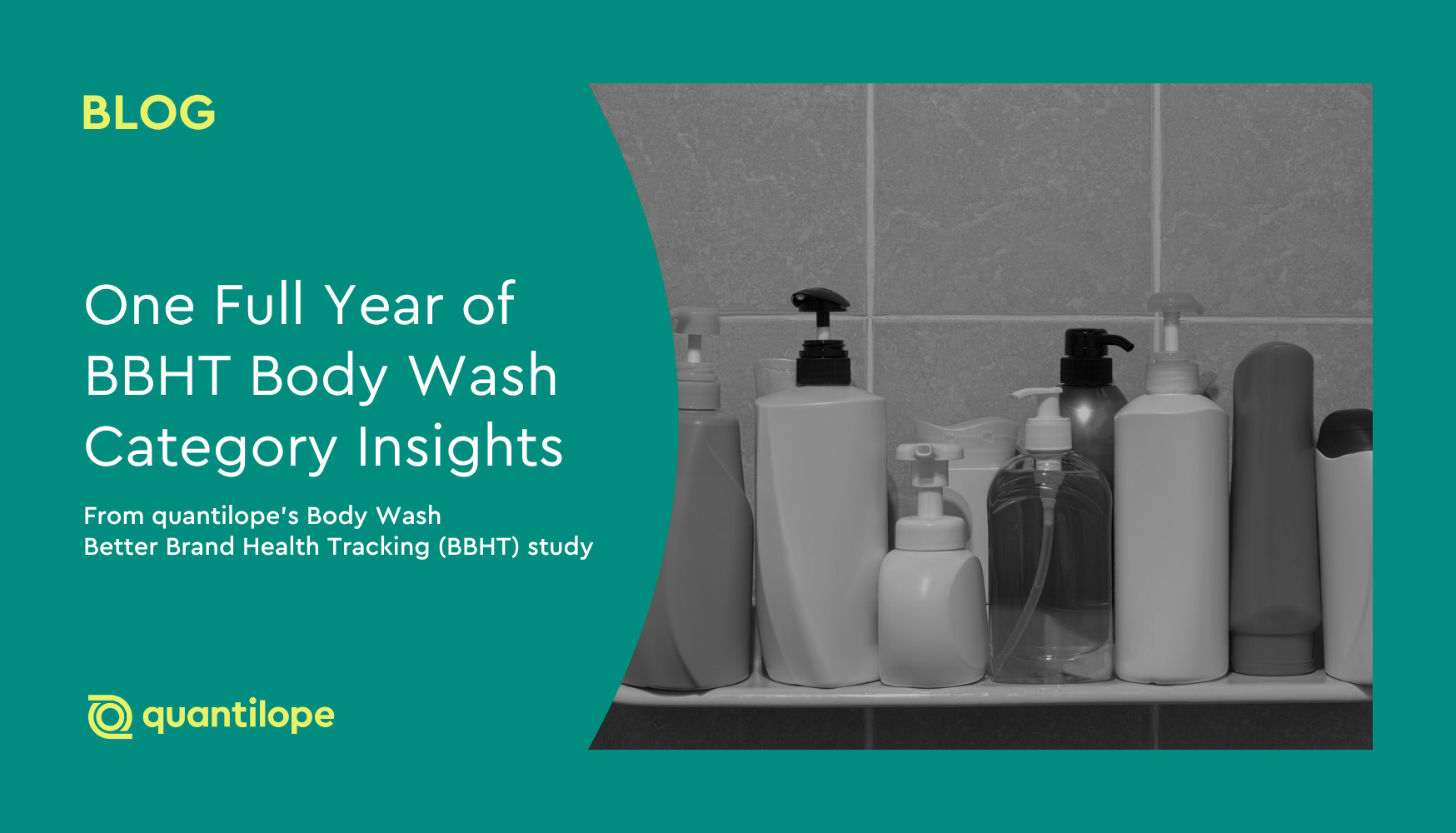COVID-19 has had debilitating effects on many businesses. However in the midst of the ‘stay at home economy,’ there have been a handful of industries flourishing. Collaborative software brands such as Zoom, Skype, and Google Docs have all benefited as companies make the switch to remote offices and adapt the ways that their employees communicate.
To learn how coworkers are staying connected, we ran a study with over 300 US consumers, ages 18+, evaluating their usage and attitudes towards collaborative softwares and their various feature preferences. To do so, we ran a MaxDiff test, tracking 13 different software features to understand where brands should focus their marketing efforts and for companies to determine which software is best for them and their employees.
Although there has been a drastic increase in the amount of remote employees in the US, it is important to note that the majority of respondents (58%) were working from home at least once a month or more before COVID-19. Gen-Z and Millennials make up the most of this group with 60% reporting that they were already working from home more than once a month and 40% who were working from home every day. While 44% of Gen-X and Boomers reported working from home less than once a month.
Overall, respondents perceive working from home positively, as 59% said they are satisfied, 62% feel productive, and 56% even said that they love it. Although Gen-Z and Millennials were previously working from home more regularly, they currently feel more negatively about it than Gen-X and Boomers who are less likely to feel challenges such as constant distractions, worsened communication, and lack of work/personal life boundaries.

Looking at the brand funnel we see the brands with the highest brand awareness are Skype (83%), Google Docs (73%), Zoom (59%), and Google Hangouts (54%) while Slack (24%), Viber (17%), and Trello (12%) have the lowest. The collaborative softwares with high brand awareness are the ones that are used both in and out of work settings i.e. using Skype to connect with family and friends or creating shared family meal plans or trip itineraries on Google Docs.
We found it interesting to see Slack’s low brand awareness, which can be explained by its low daily users compared to the other platforms. Slack has around 12 million daily users compared to Zoom’s 200 million and Google Docs’ 800 million. However, the company looks to other measures for success, claiming its users spend 9+ hours connected to the service each day - raising the question on the importance of awareness compared to loyalty.
Beyond brand awareness, we learned that Microsoft Teams and Google Docs have the highest usage and user satisfaction rating, with over half of their users utilizing their softwares daily and over 85% reporting as satisfied.
When looking at which software features respondents find the most valuable while working from home, both age groups (Gen-Z/Millennials and Gen-X/Boomers) selected ‘sharing and collaborating on any document,’ ‘direct messages,’ and ‘group calls’ in their top five features.

The features that facilitate instant communication and are used for daily work are the most valuable, however it is interesting that sharing/collaborating on documents is viewed as more important than group/direct calls.
The features that are among respondents' top five most used features before COVID-19 remain in the top five features that respondents expect to use once they return to working in-office, with only a slight expected increase in usage frequency.
As collaborative software brands strategize on how to convert brand awareness into usage they should keep in mind that feature importance differs between software users and non-users. For example, Zoom non-users value direct messaging and direct calling significantly more than Zoom users do.
Brands should ensure that they clearly communicate all of their software capabilities and benefits, as well as advertise on the features that non-users find most valuable. These preferences should be monitored as consumers transition back to working in office and priorities adapt accordingly.




